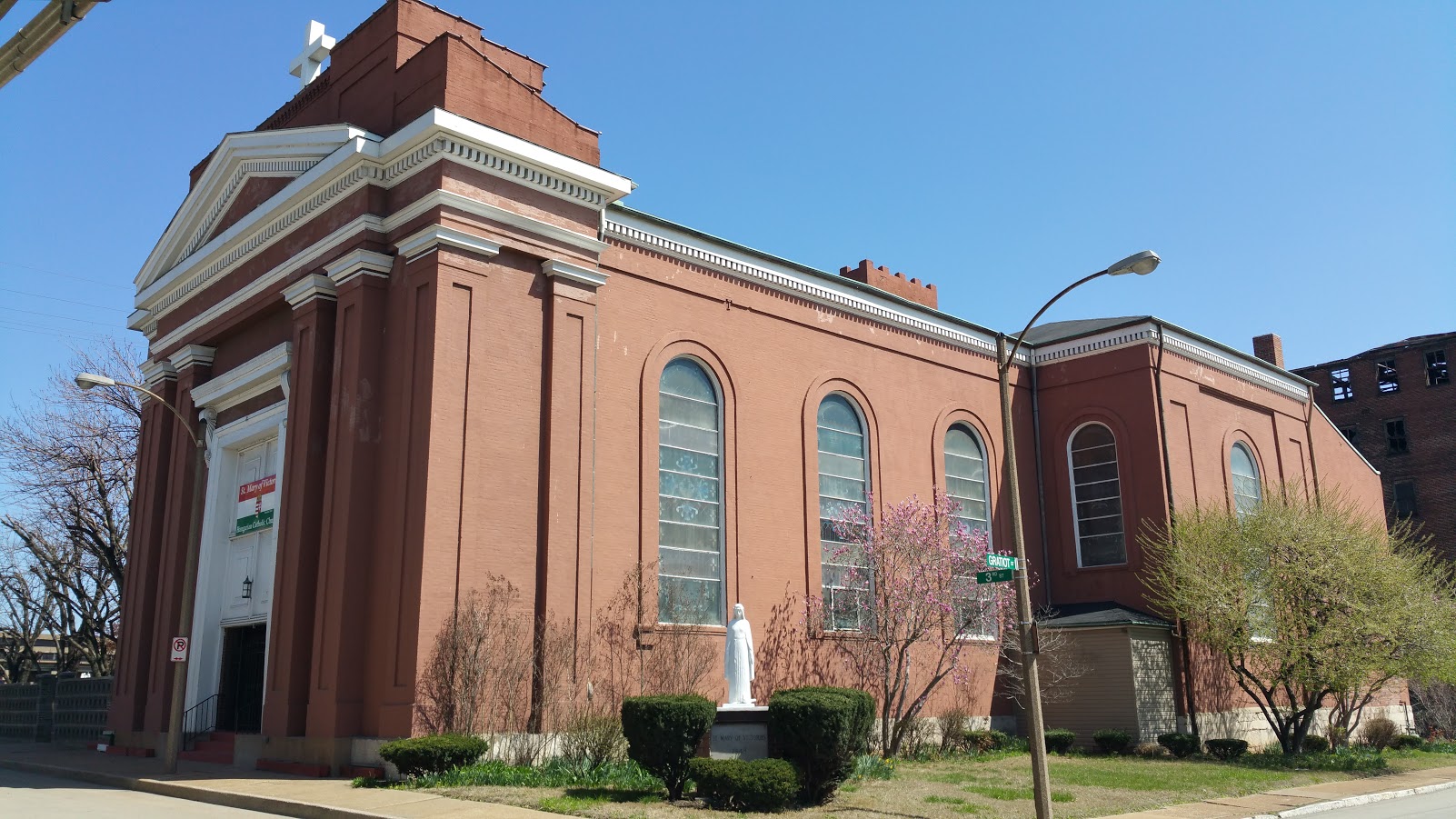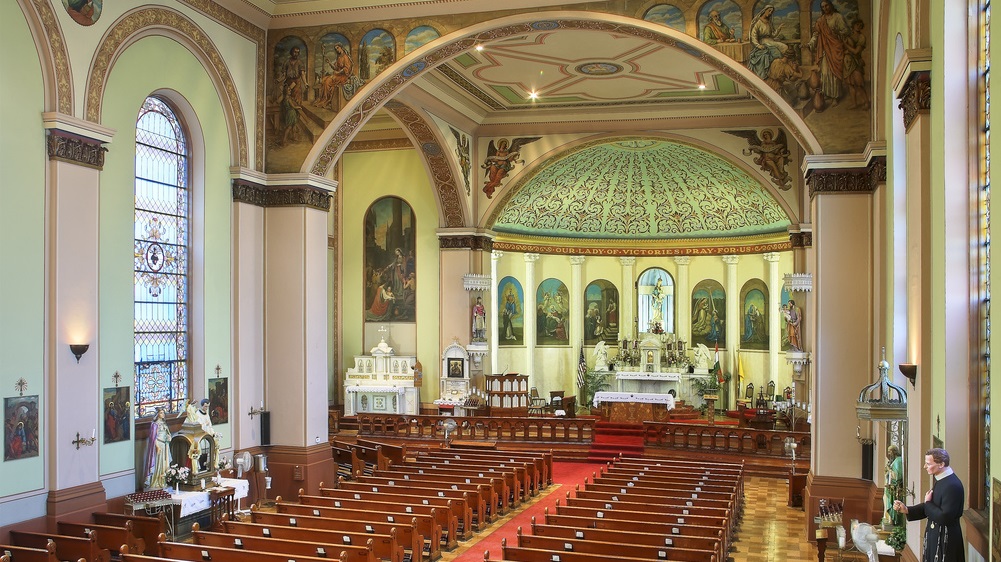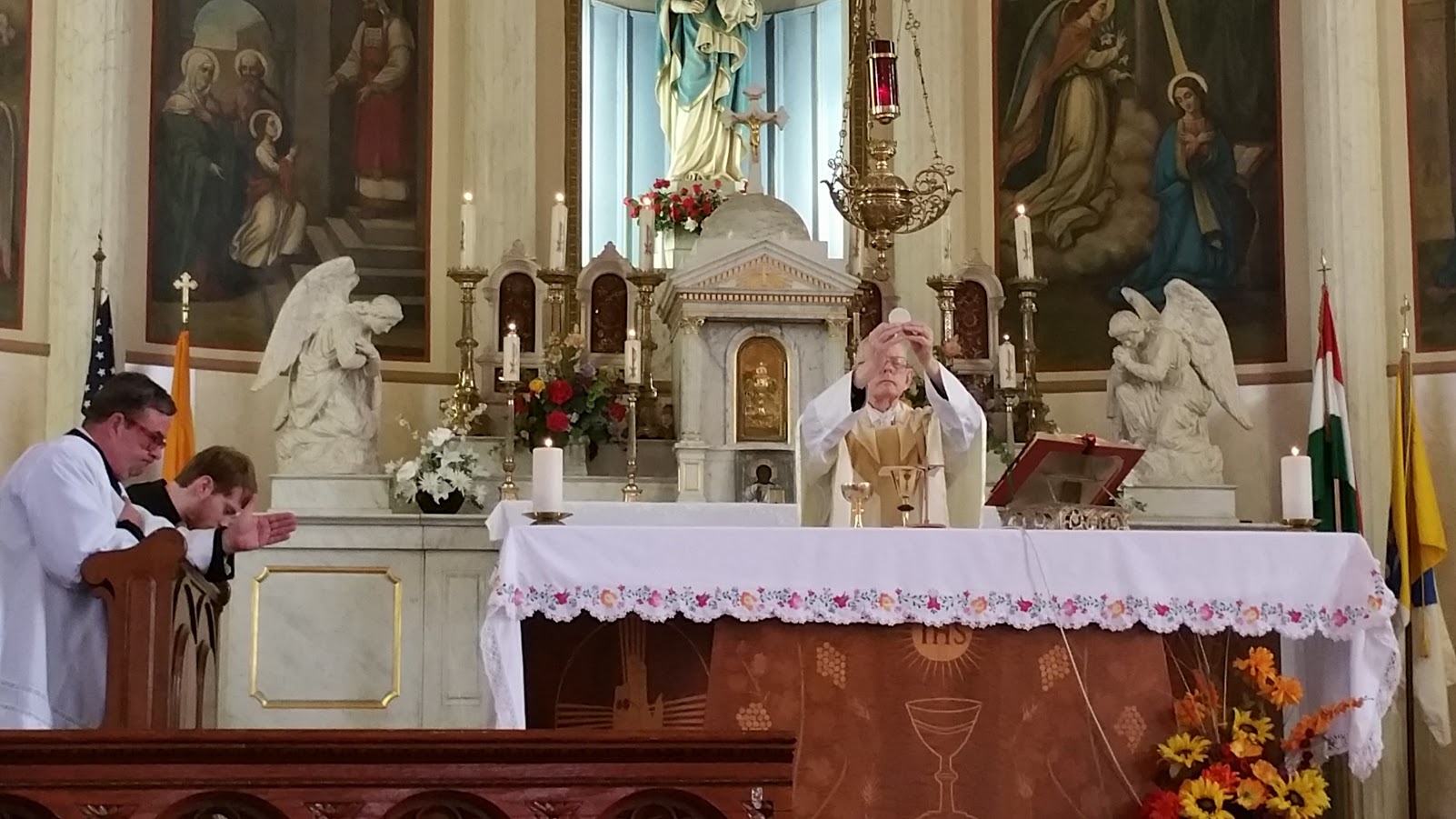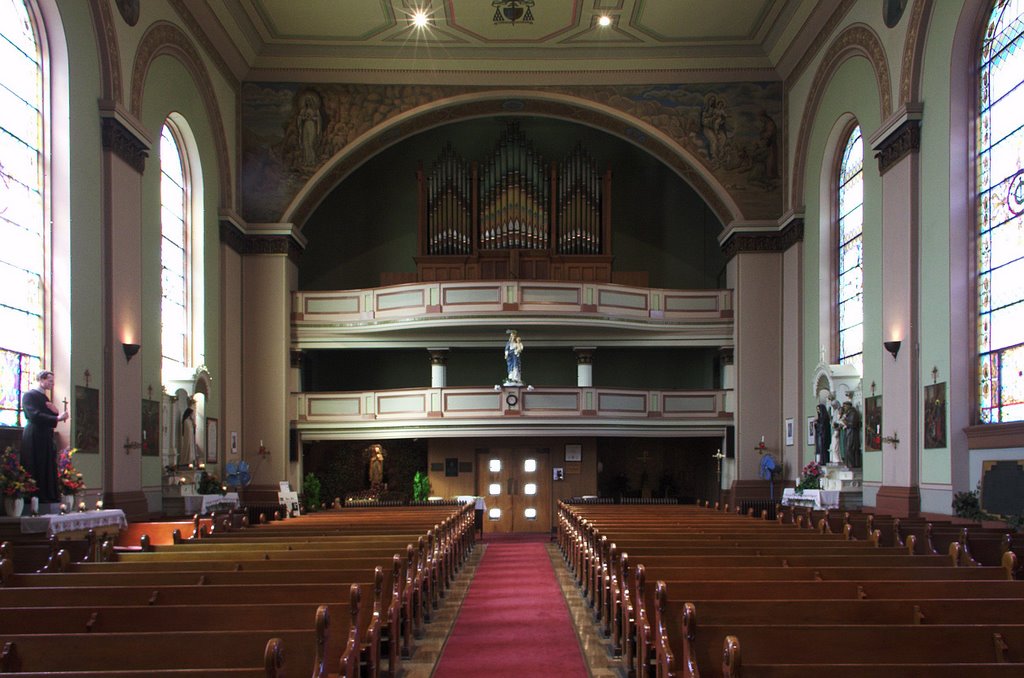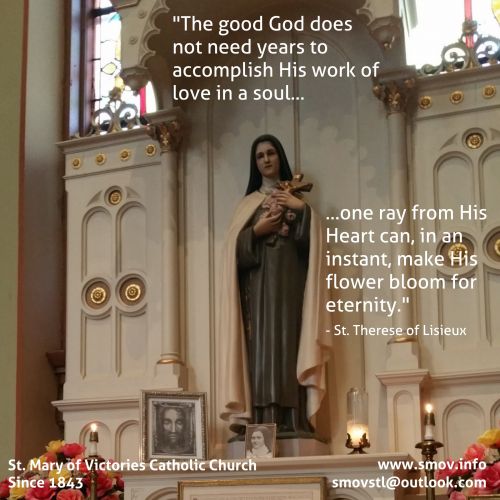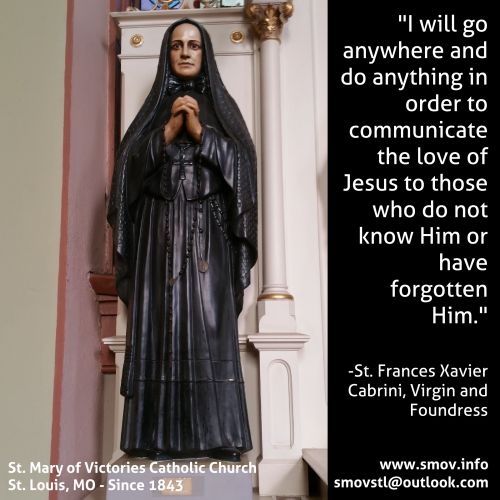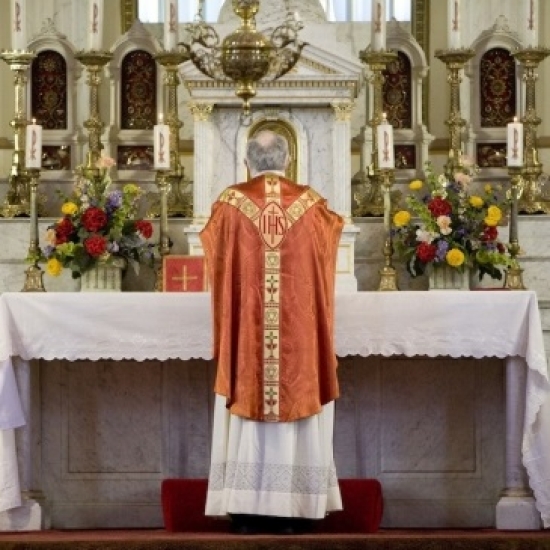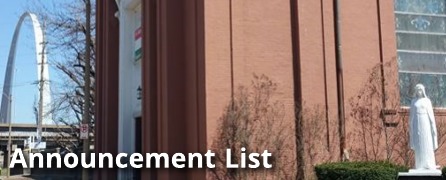26 July 2020, 17th Sunday in Ordinary Time (Year A)
Introit: Deus in loco
Offertory: To Christ the Prince of peace, p. 291
Communion (Year A): Simile est
(Vaughan Williams's adaptation of the great King's Weston tune.)
Mass XI, PBC p. 58. Credo III, PBC p. 77
The Introit antiphon has three phrases:
-
Deus in loco sancto suo:
-
Deus qui inhabitare facit unanimes in domo:
-
(a) ipse dabit virtutem, et fortitudinem (b) plebi suae
The melody faithfully observes the division of the phrases. The first and third phrases tend upwards, while the second tends downward. Hence we have here the form ABA. This contrast is based on purely musical grounds, since the text offers no reason for it. The text has three ideas: (1) God abides in His holy places: in heaven, in the Church, in the heart of him who has the life of grace. We owe Him reverence and adoration. (2) God wishes to unite all those who enter His house into one family, into one heart. (3) If the mystery of strength already abides in this unity, then God provides special power (Exsurgat in the ps verse) for the struggle against His foes, who are at the same time ours.
Like the Introit Ecce Deus (OF: 16th Sunday Per Annum; EF: Ninth Sunday after Pentecost) the first phrase also begins immediately on the dominant, with a descending line to the tonic. Give emphasis to the word Deus, and take care to not prolong the doubled notes more than their alloted pulses require. The rest of the phrase is solemn and reverential. Each of the disyllabic words has the accented syllable lengthened, so that the whole sounds like a succession of solemn spondees—Deus, loco, sancto suo. The final clivis over (lo)-co corresponds to that over (sanc)-to. They must not be made too abrupt.
The second phrase has the more interesting melody. Here again the word Deus is marked by its accent and melodic independence; and just as the first phrase properly begins only with in loco, so does the second with inhabitare. This second Deus is more tender and quiet than the first, as this phrase speak of God's goodness rather than His majesty. Both word-accents in each of the two members, inhabitare and unanimes, have a correspondingly important musical accent. The second porrectus should be sung more lightly than the first, and then we have a steady crescendo to the musical climax, which speaks of the workings of divine mercy with the word facit. Without cutting short the clivis of (fa)-cit, we should keep facit and unanimes together without a pause. (If needed, steal a breath before facit.) The cadence on domo has no long pause; it moves urgently toward completion.
Melodically speaking, the third phrase has two members. The first bears some resemblance to the first phrase of the antiphon, with the same spirit of solemn affirmation. Happy trust in God is suggested by the accented dominant and the fourth. A sharp, clear pronunciation of the consonant "t" before the "v" will contribute much to bring out the symmetry between dabit and virtutem. This part moves in the four-note range a-d, emphasizing the c, while the following et fortitudinem, employing a similar range (f-b♭), stresses a and for the first time strikes b♭. The cadence closes a part of a phrase, but not the entire piece, and therefore no considerable pause is allowed after it. The second member, plebi suae, reminds us of qui inhabitare in the first phrase with its upward movement. The principal accent on ple-(bi) occurs with its highest neum, b♭c. The cadence-like torculus over su-(ae) should be sung very broadly.
(Year A) The Communion antiphon has three phrases:
-
(a) Simile est regnum caelorum
(b) homini negotiatori quaerenti bonas margaritas -
inventa una pretiosa margarita
-
dedit omnia sua et comparavit eam.
This popular antiphon is often used in the Sanctoral cycle for both proper and common formularies in honour of virgin martyrs and religious in both the Ordinary and the Extraordinary Form. It’s borrowed for use in today’s Mass to reflect the gospel pericope from St. Matthew. The text has been set by a variety of composers, some of whom used elements of the Gregorian melody, e.g., Alonso Lobo in his Mass of this name. The Gregorian melody is a rather straightforward Mode 8 construction, though some melodic fluctuations reflect images from the scene in the text. The merchant sets out on his quest with high purpose, then looks down to find pearls. The high point of the melody at inventa is his finding of the one precious pearl. Then the melody descends as he puts down all he has, and rises again over comparavit to reflect the joy of the kingdom he gains when he acquires the pearl.
